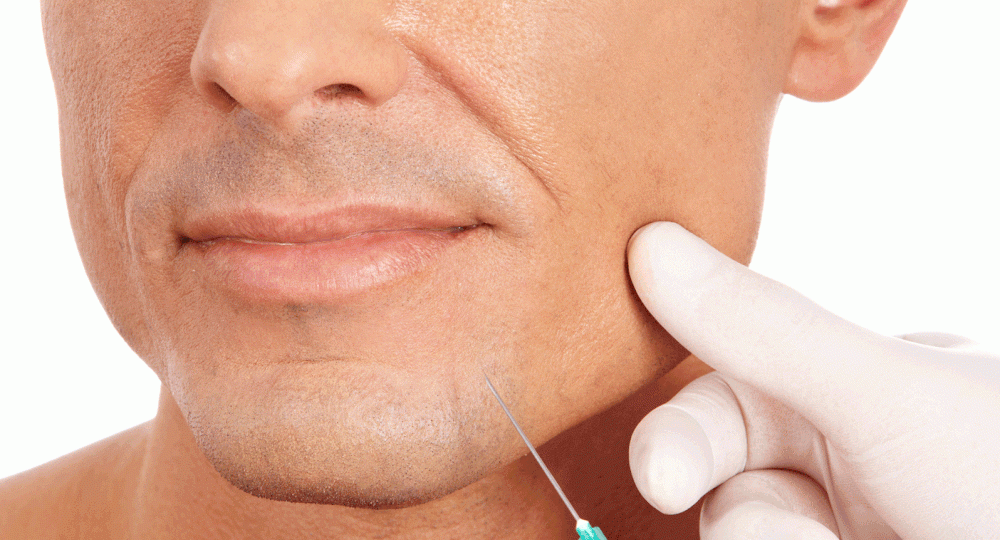
Are TMJ and TMD the Same Thing? If Not, What’s the Difference?
We all know that medical terms can often be confusing for patients—and possibly even sometimes for medical professionals. For example, you may have heard friends or family refer to their symptoms or diagnosis of TMJ—while others reference their TMD. You may have also heard about jaw “popping,” for instance, but that’s actually just one example of what is a larger and more complicated issue.
Have you wondered if TMJ and TMD are terms for the same thing or entirely different conditions? Let’s take a deeper dive so we can better understand the similarities and differences between these terms, which are frequently used interchangeably.
Defining TMD
While TMD may be the less familiar term, it actually describes the most common forms of jaw pain and inflammation. TMD stands for temporomandibular joint disorder and refers to the actual disorder, where the jaw joint is misaligned. While symptoms of TMD include jaw pain and problems with chewing and talking, symptoms may also include a wider range of additional problems including difficulty sleeping, back and neck pain, limited jaw movement, earaches, dizziness, and even headaches.
Problems with the bones, muscles, or discs of the temporomandibular joint (TMJ—we’ll talk about this more in a minute) can cause pain and other uncomfortable symptoms associated with TMD. These symptoms may both worsen and ease over time.
Three categories of TMD disorders, according to the National Institute of Dental and Craniofacial Research, include:
- Pain in the muscles that control jaw function
- Internal derangement of the joint involving the disc being displaced, dislocated jaw or injury to the condyle/joint
- Arthritis-related issues that are degenerative/inflammatory joint disorders
Something we may not consider is that, in addition to physical discomfort, people suffering from these issues may also often experience behavioral and emotional issues that manifest themselves in depression and anxiety–which can be prevalent among those coping with chronic pain. So it’s important not to ignore or discount TMD as a potentially serious medical condition requiring professional review and a prescribed course of treatment.

Defining TMJ
TMJ is simply an abbreviation for the joint itself (the temporomandibular joint), rather than a description of the actual condition of TMD and its accompanying pain and inflammation. A ball-and-socket joint in your jaw, the temporomandibular joint allows you to open and close your mouth, chew, talk, and even yawn. These everyday actions can become painful and difficult when the jaw becomes misaligned—possibly from crooked teeth or some type of trauma. The resulting symptoms can affect many parts of the body.
The TMJ can be found where the jaw meets the side of your head. You have two TMJs, one on each side of your head, just in front of each ear. You can check out how your TMJs function by placing a finger in front of each ear, then opening and closing your jaw. If your jaw joints are working properly, muscles move over the lower jaw smoothly up and down, as well as side to side. There’s also a small cartilage disc encased by a dense fibrous capsule in the joint, just in front of the ear, that prevents the jawbone from grinding against the bones of your skull. The TMJ is probably one of the most complex joints in the body since it rotates, translates out of the socket, and has some side-to-side movement.
Injury to your TMJ may increase the risk of TMD-related symptoms, such as arthritis or other illnesses that increase joint inflammation or dysfunction. Teeth that are not properly aligned may also cause TMJ pain.
The Bottom Line
It’s important not to disregard or to try to “power through” TMD issues on your own. Usually TMD symptoms like jaw pain, teeth grinding, and headaches do not simply go away over time on their own, and they can negatively impact your day-to-day living, quality of life, and emotional health. These issues do not have to be a part of everyday life and can and should be treated by a medical professional.
TMJ is certainly the more familiar and commonly used term but is not as medically and technically accurate as using the term TMD to describe jaw issues. So if you are describing a problem with your TMJ, you’re describing a TMJ disorder or syndrome.
TMD is estimated to affect as many as 10 million Americans. New issues you’re experiencing such as jaw popping, migraines, or unexplained neck or back pain can best be addressed by an oral and facial pain specialist.
Every case is unique, and careful diagnosis and development of a treatment plan will address what otherwise could potentially become debilitating conditions. Make your physical health and emotional well-being a priority by seeking appropriate treatment for TMD.


